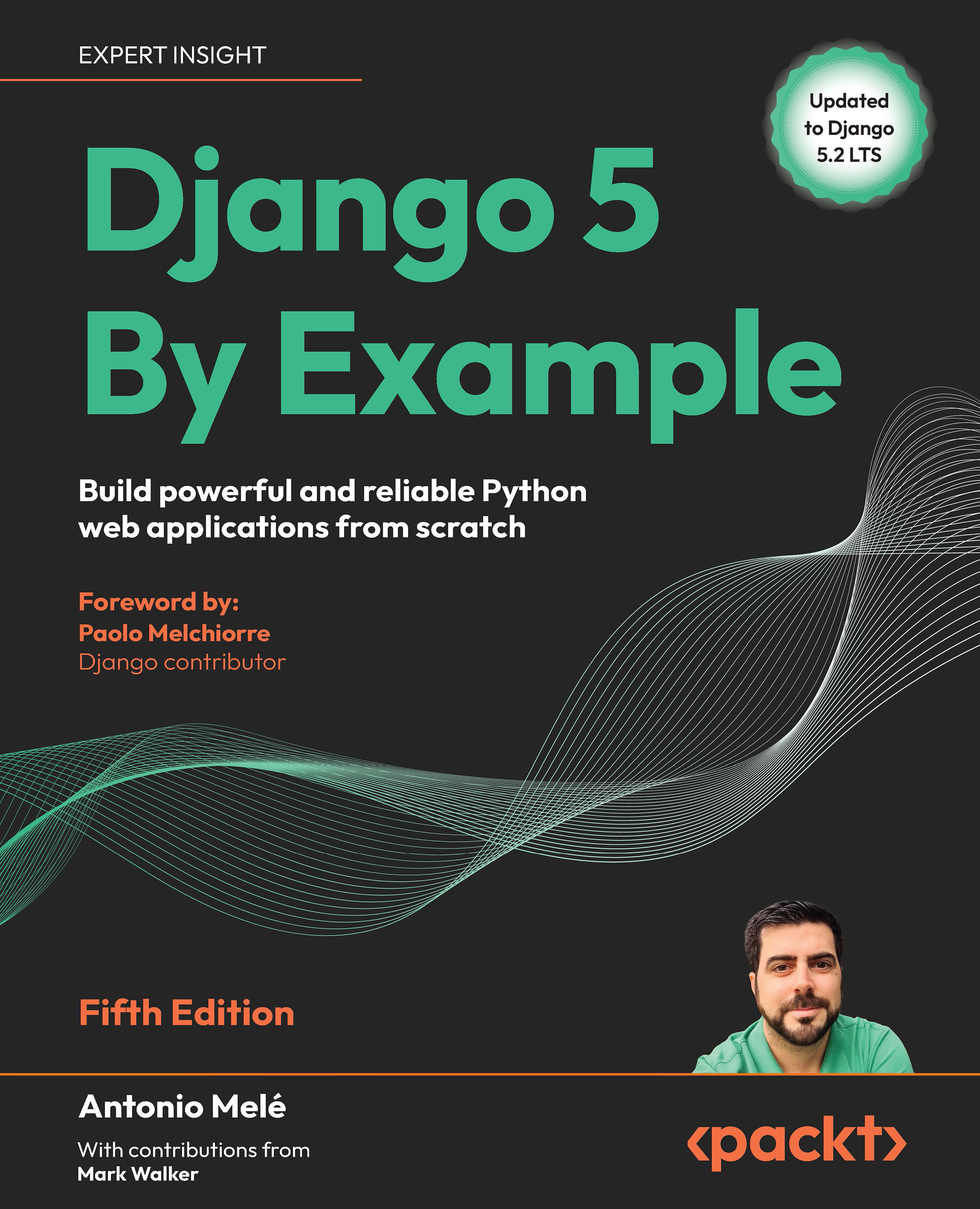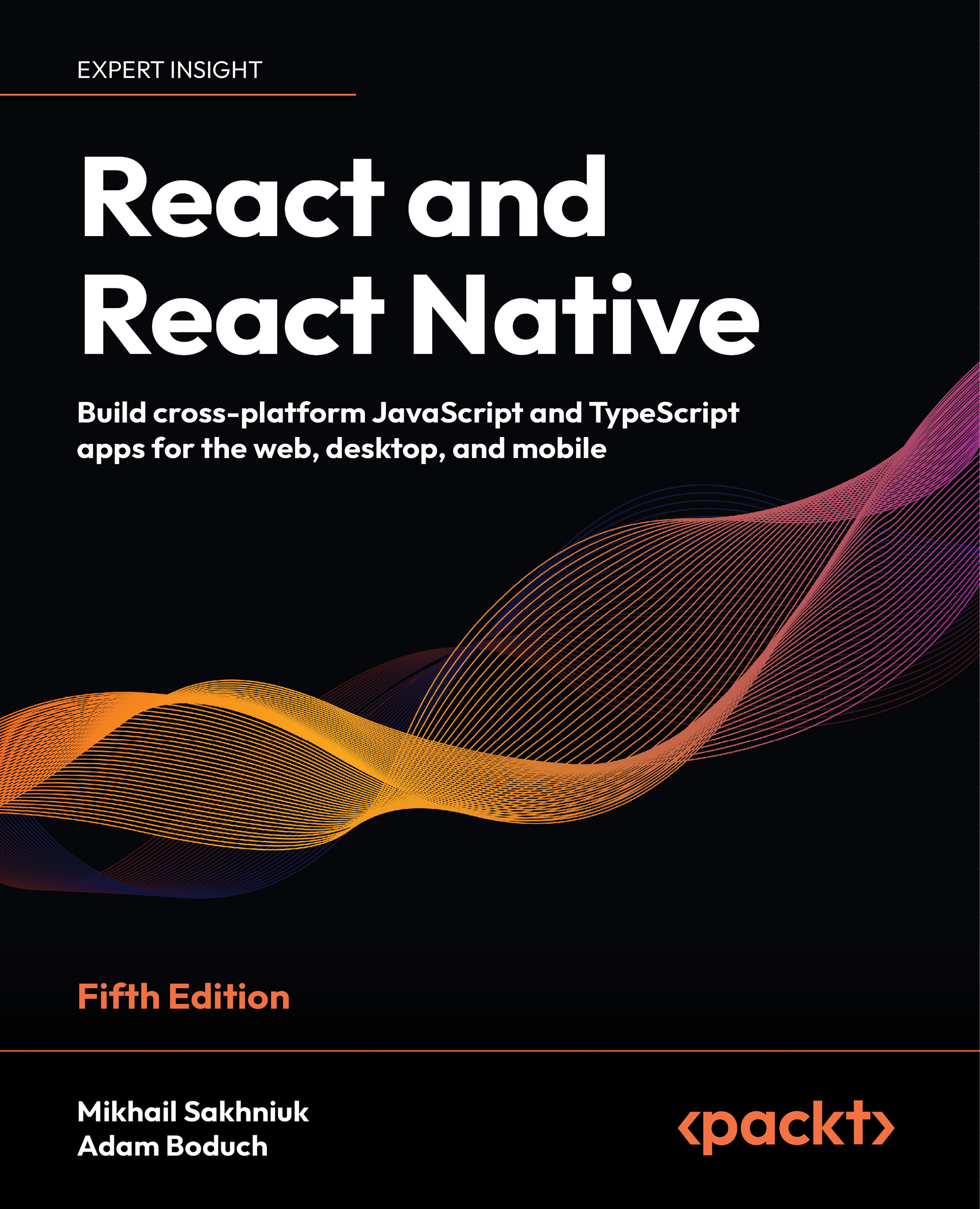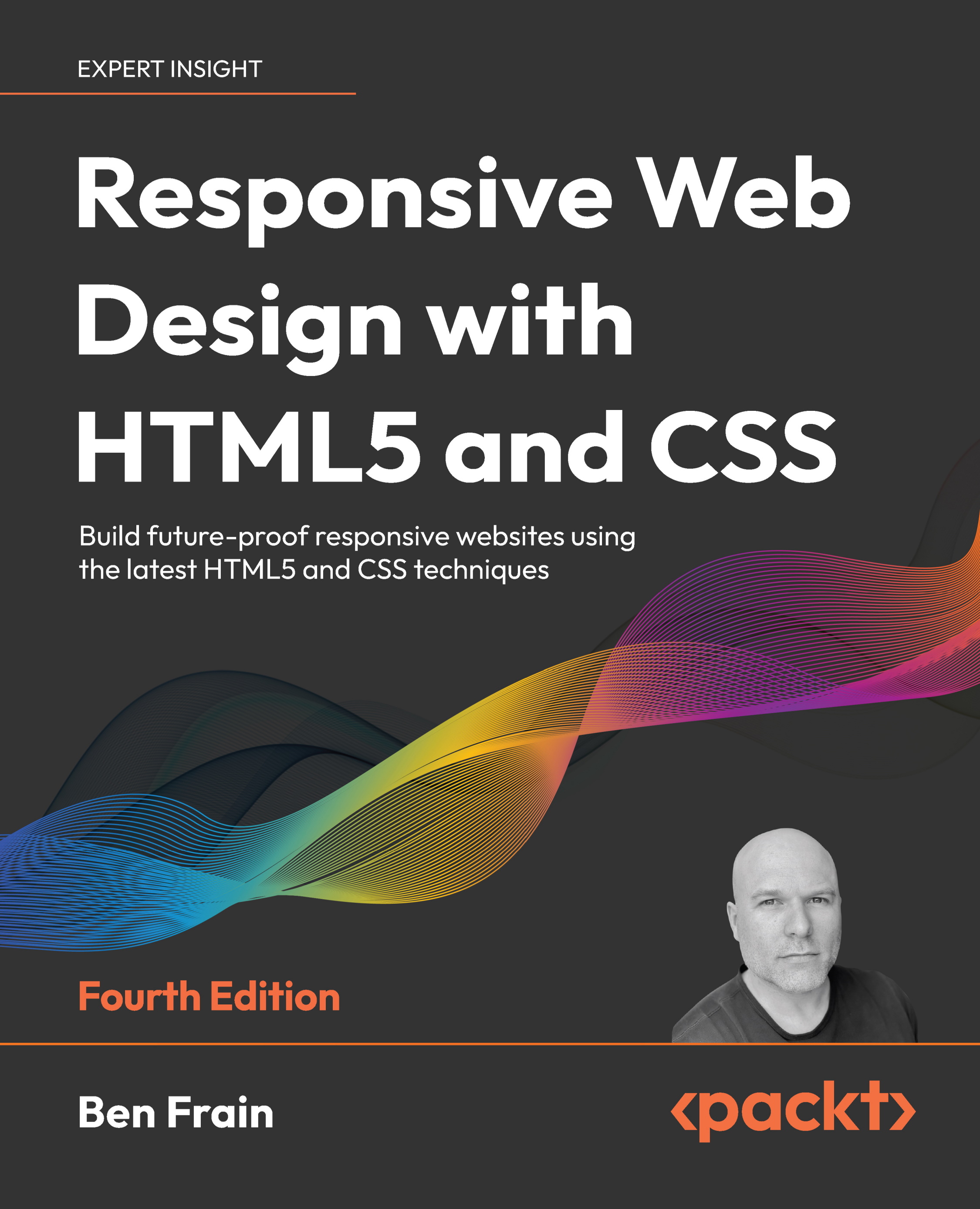In this chapter, we explored the need for modules in JavaScript and the evolution of module systems in Node.js, focusing on CommonJS and ES modules. We covered key concepts like named and default exports, static and dynamic imports, and the module resolution algorithm. We also discussed the implications of circular dependencies, module loading phases, and how modules can modify others.
We then looked at the differences between CommonJS and ES modules, including interoperability challenges, strict mode, and missing references. Additionally, we addressed the impact of monkey patching on type safety in TypeScript projects.
We examined how to import JSON files in both module systems and workarounds for their limitations. Finally, we discussed how to leverage ES modules when using TypeScript.
With this knowledge, you’re now equipped to use both ES modules and CommonJS effectively, laying the groundwork for the next chapter on asynchronous programming in JavaScript...
 United States
United States
 Great Britain
Great Britain
 India
India
 Germany
Germany
 France
France
 Canada
Canada
 Russia
Russia
 Spain
Spain
 Brazil
Brazil
 Australia
Australia
 Singapore
Singapore
 Canary Islands
Canary Islands
 Hungary
Hungary
 Ukraine
Ukraine
 Luxembourg
Luxembourg
 Estonia
Estonia
 Lithuania
Lithuania
 South Korea
South Korea
 Turkey
Turkey
 Switzerland
Switzerland
 Colombia
Colombia
 Taiwan
Taiwan
 Chile
Chile
 Norway
Norway
 Ecuador
Ecuador
 Indonesia
Indonesia
 New Zealand
New Zealand
 Cyprus
Cyprus
 Denmark
Denmark
 Finland
Finland
 Poland
Poland
 Malta
Malta
 Czechia
Czechia
 Austria
Austria
 Sweden
Sweden
 Italy
Italy
 Egypt
Egypt
 Belgium
Belgium
 Portugal
Portugal
 Slovenia
Slovenia
 Ireland
Ireland
 Romania
Romania
 Greece
Greece
 Argentina
Argentina
 Netherlands
Netherlands
 Bulgaria
Bulgaria
 Latvia
Latvia
 South Africa
South Africa
 Malaysia
Malaysia
 Japan
Japan
 Slovakia
Slovakia
 Philippines
Philippines
 Mexico
Mexico
 Thailand
Thailand










